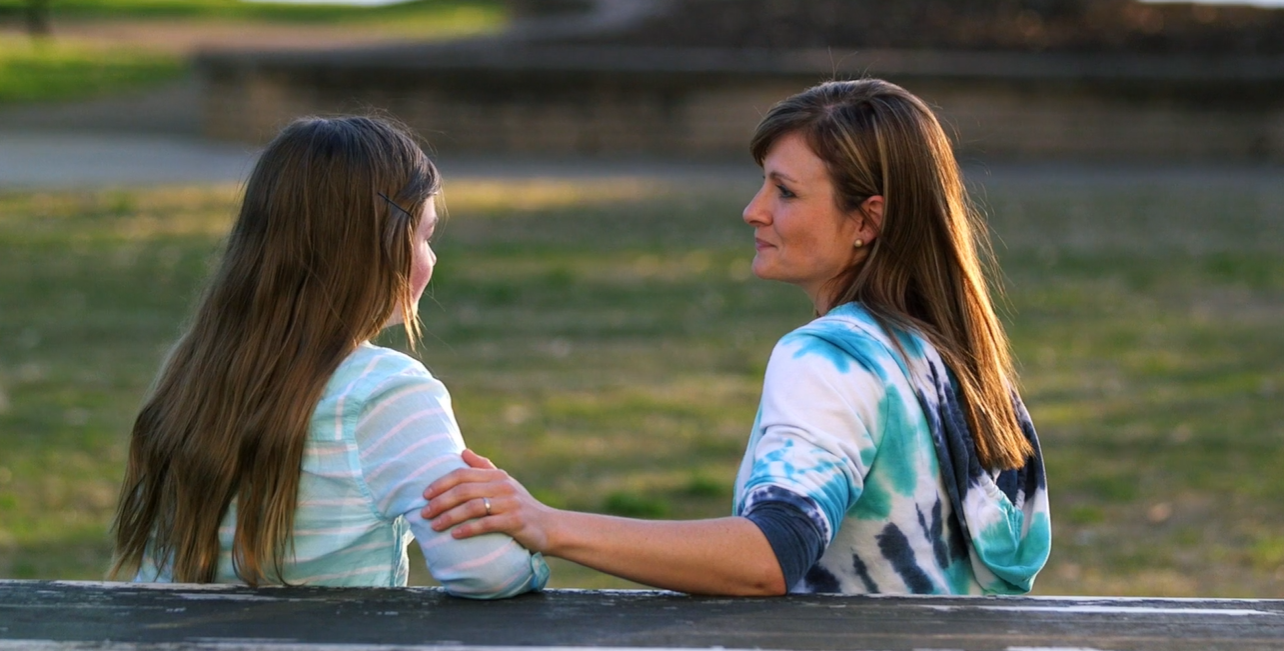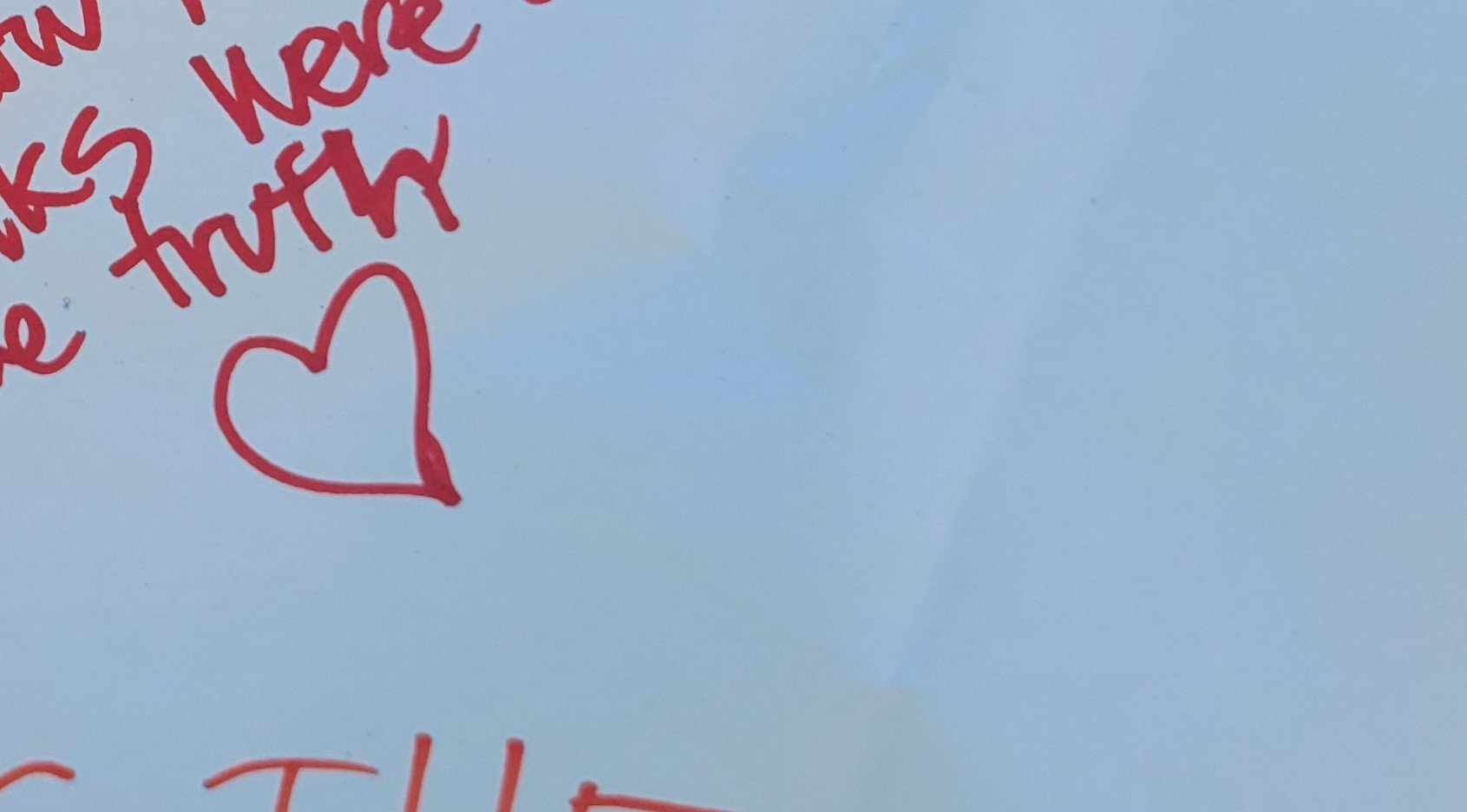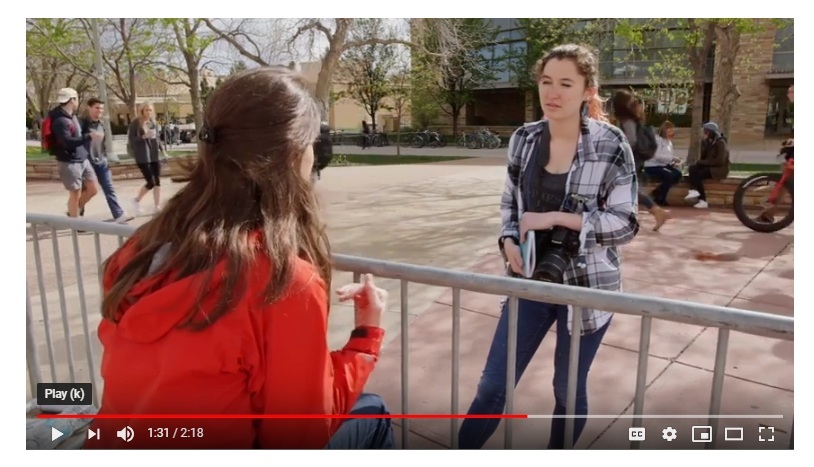Teach Kids with Our New K-4 Lesson Plan
JFA just released a lesson plan for K-4 elementary school students called, “The Baby’s Heart Beats Like Mine.” Whether you teach kids at home, in a church Sunday School, or in a traditional school environment, be one of the first to try this lesson and give us feedback. During the lesson, K-4 students identify with unborn babies through a series of experiences, including feeling their own heartbeat, seeing the unborn baby in the womb, naming similarities they share with unborn babies, making a bracelet that reminds them of when the heart begins to beat, and narrating what they learned to their parents.
(You’re required to “Sign Up” to access this “Member Only” content. That’s free!)
(Note: This resource was our “Featured Resource” for April 2019 and May 2019.)















